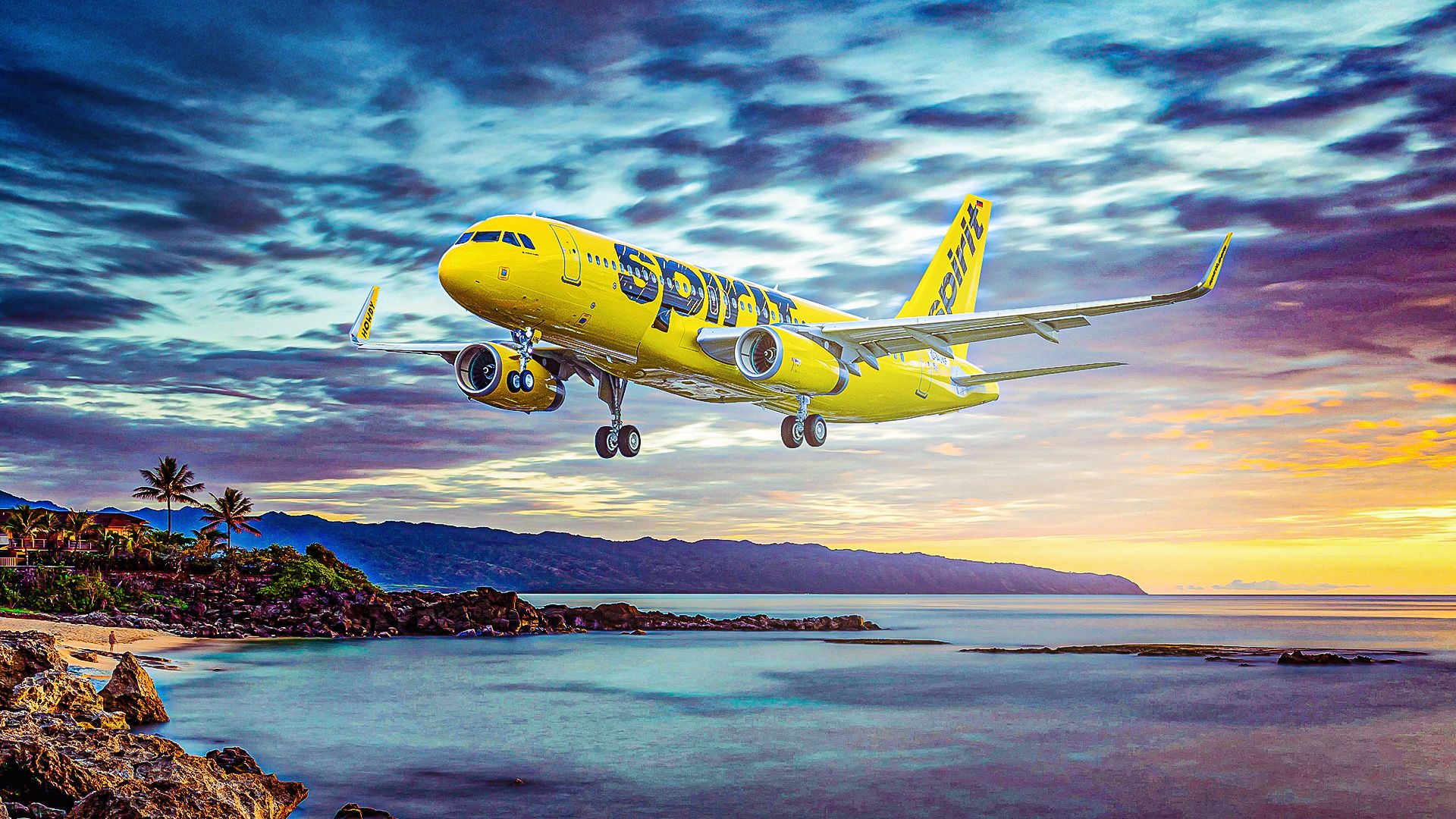World
Spirit Airlines Cuts 150 Jobs, Ends Service at Five Airports

Spirit Airlines has announced significant reductions in its operations as part of a broader cost-saving strategy. The airline will eliminate approximately 150 salaried positions and cease services to five airports, responding to an anticipated loss exceeding $800 million in 2025. The decision comes as Spirit continues to grapple with financial instability, having filed for Chapter 11 bankruptcy twice within a year, first in March 2025 and again in August 2025.
As part of this restructuring effort, Spirit will discontinue operations at St. Louis Lambert International Airport, Phoenix Sky Harbor International Airport, Milwaukee Mitchell International Airport, Frederick Douglass Greater Rochester International Airport, and Bucaramanga Palonegro International Airport in Colombia. The withdrawal from three of these airports is set for January 8, 2026, followed by the remaining two on January 13, 2026.
While these airports are not major hubs for Spirit, the cuts indicate a broader trend of diminishing routes. Currently, Spirit operates six routes to Milwaukee, three each to St. Louis and Rochester, two to Phoenix, and one to Bucaramanga. The airline’s focus on vacation destinations is particularly concerning, as these routes traditionally represent core revenue streams.
Impact of Fleet Reductions and Layoffs
The airline’s financial woes have prompted deeper cuts, including a reduction of its fleet by nearly 100 aircraft. This will involve early retirements, storage of new planes, and the rejection of future aircraft leases. Spirit’s fleet is now down to 132 aircraft, nearly half of what it was at the beginning of the year.
In September, Spirit announced plans to furlough 1,800 flight attendants, about one-third of its total staff in that role. Further reductions followed, with 365 pilots being furloughed and another 170 pilots seeing their status downgraded. These staffing changes are part of a broader strategy to streamline operations, although they highlight the precarious position in which Spirit finds itself.
Challenges Facing Spirit Airlines
The airline’s difficulties stem in part from its route structure, which primarily links major cities to popular vacation destinations, such as Florida and Las Vegas. This model exposes Spirit to competitive pressures from legacy carriers, which often have more extensive networks and established frequent flyer programs.
In contrast to Spirit, other budget airlines have also faced challenges, with JetBlue projected to lose over $100 million in 2025, while Frontier Airlines has begun to improve its finances after a significant shift in business strategy. Meanwhile, Southwest Airlines has also been adjusting its model under the guidance of activist investors.
A unique challenge for Spirit is its brand image. The airline is known primarily for its no-frills, low-cost offerings, which may not appeal to customers who increasingly favor airlines with premium services and loyalty programs. This negative perception is a hurdle for Spirit as it seeks to stabilize its operations and regain market confidence.
As the airline moves forward, the decisions made in the coming months will be critical. While Spirit Airlines is not doomed to fail, the current trajectory suggests a challenging road ahead as it works to achieve profitability amidst a rapidly changing aviation landscape.
-

 Science3 weeks ago
Science3 weeks agoIROS 2025 to Showcase Cutting-Edge Robotics Innovations in China
-

 Lifestyle3 weeks ago
Lifestyle3 weeks agoStone Island’s Logo Worn by Extremists Sparks Brand Dilemma
-

 World3 weeks ago
World3 weeks agoBravo Company Veterans Honored with Bronze Medals After 56 Years
-

 Politics3 weeks ago
Politics3 weeks agoJudge Considers Dismissal of Chelsea Housing Case Citing AI Flaws
-

 Health3 weeks ago
Health3 weeks agoStartup Liberate Bio Secures $31 Million for Next-Gen Therapies
-

 Health3 weeks ago
Health3 weeks agoTop Hyaluronic Acid Serums for Radiant Skin in 2025
-

 Top Stories3 weeks ago
Top Stories3 weeks agoIndonesia Suspends 27,000 Bank Accounts in Online Gambling Crackdown
-

 Sports3 weeks ago
Sports3 weeks agoMel Kiper Jr. Reveals Top 25 Prospects for 2026 NFL Draft
-

 World3 weeks ago
World3 weeks agoHoneywell Predicts Record Demand for Business Jets Over Next Decade
-

 Sports3 weeks ago
Sports3 weeks agoYamamoto’s Mastery Leads Dodgers to 5-1 Victory in NLCS Game 2
-

 Science3 weeks ago
Science3 weeks agoArizona State University Transforms Programming Education Approach
-

 Politics3 weeks ago
Politics3 weeks agoNew Jersey Voters Urged to Register Ahead of November Election








